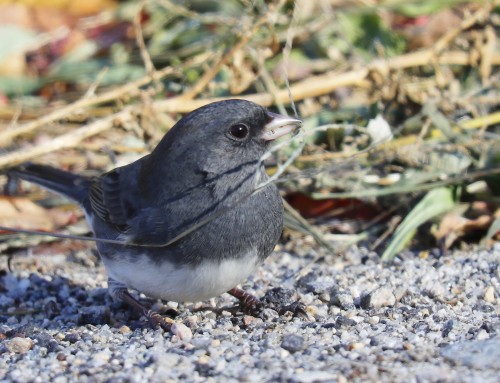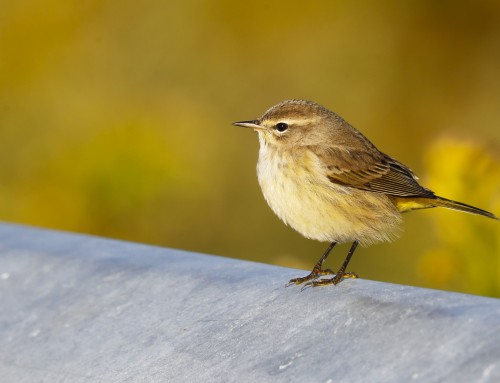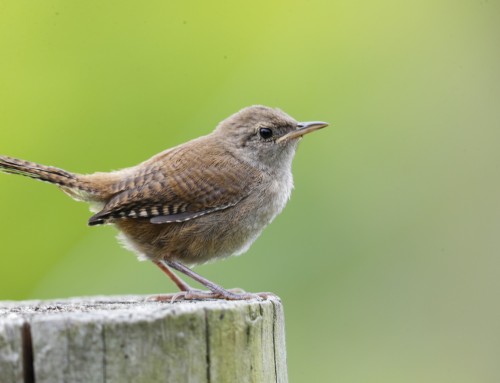Aug. 16, 2024: At the end of the incubation cycle, a female Ruby-throated Hummingbird increases nest attention, remains vigilant, turns eggs, makes final preparations, and transitions to brooding to ensure successful hatching and care of her chicks. This nest was seen earlier this week in Woods Hole.
At the end of the incubation cycle for a Ruby-throated Hummingbird in Falmouth, particularly during a second brood in the middle of August, the female exhibits specific behaviors to ensure the successful hatching of her eggs and the care of the newly hatched chicks:
1. Increased Nest Attention: As hatching time approaches, the female spends more time on the nest to maintain optimal warmth for the eggs. Her visits may become longer, with only brief breaks for feeding.
2. Vigilance: The female becomes more vigilant against potential predators or threats. She is quick to chase away intruders from the nest vicinity, including other birds or small animals.
3. Egg Turning: Throughout the incubation period, the female regularly turns the eggs using her beak. This behavior continues until just before hatching to ensure even development and prevent the embryos from sticking to the eggshell.
4. Final Preparations: As hatching nears, the female might spend time inspecting the nest and adjusting the nest material to make it as secure and comfortable as possible for the soon-to-hatch chicks.
5. Feeding Behavior: Despite the upcoming hatch, the female continues to feed herself frequently, ensuring she maintains the energy levels necessary for the demanding feeding schedule once the chicks emerge.
6. Transition to Brooding: Once the chicks hatch, the female transitions from incubation to brooding. She remains on the nest to keep the chicks warm and begins the frequent feeding routine needed to support their rapid growth.
By mid-August, the female is likely managing the needs of the newly hatched chicks while preparing to continue with her activities as the breeding season progresses.







Leave A Comment
You must be logged in to post a comment.